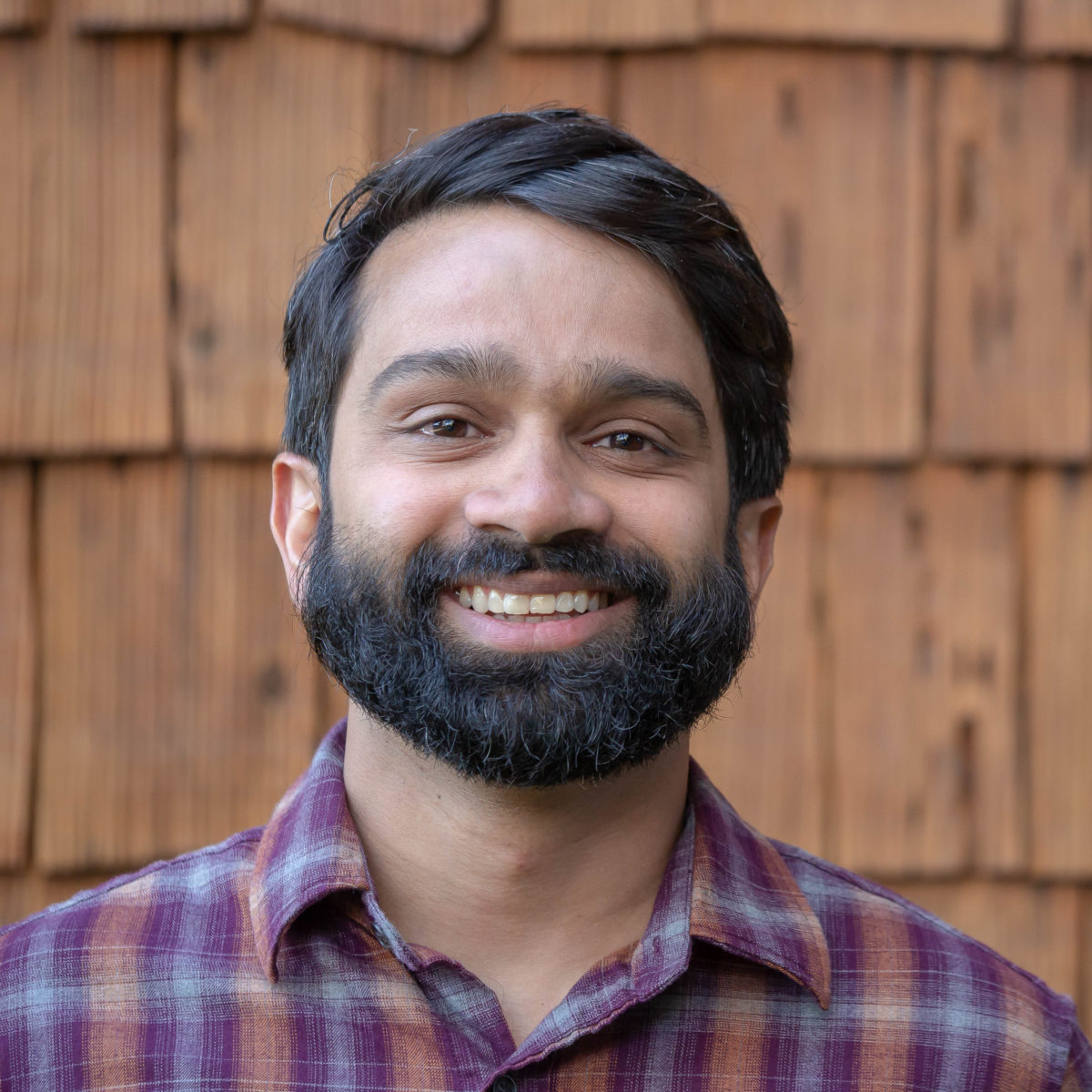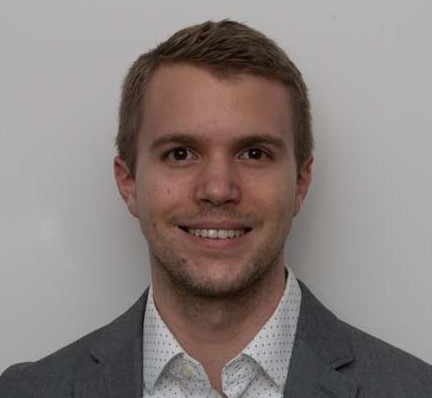Biomedical Research / Scientific Community
Featured Investigators
We’re proud to provide a platform for researchers across the world to explore topics within and adjacent to the single ventricle field. This series specifically highlights the work of early career investigators that are moving the needle in the single ventricle research landscape.

Sanjeev Ranade, PhD
Dr. Sanjeev Ranade is a postdoctoral fellow at the Gladstone Institutes in the San Francisco Bay Area. Dr. Ranade completed his BS in Biotechnology at James Madison University in Harrisonburg, VA, then earned his MS in Biotechnology at Northeastern University in Boston, MA during which time he worked as a research assistant at the Broad Institute of Harvard and MIT. Dr. Ranade then completed his PhD training at the Scripps Research Institute under the mentorship of Dr. Ardem Patapoutian before joining Dr. Deepak Srivastava’s Laboratory at the Gladstone Institute of Cardiovascular Disease.
Dr. Ranade’s primary research interests are in understanding the transcriptional and epigenomic regulatory networks that lead to the diverse cell types in the heart and how disruptions to these pathways can cause congenital heart defects. Dr. Ranade aims to start his own research group centered on the discovery of novel regulatory elements and genes in heart development and where he can foster a creative environment for the next generation of trainees to thrive.
Article published March 7, 2022
How did you enter the cardiovascular research field?
I entered the cardiovascular development field by pure luck. In graduate school, I generated the loss of function mouse models for two genes that the Patapoutian Lab had just cloned – Piezo1 and Piezo2. These genes were the long sought after mammalian mechanosensitive ion channels that allow many of the cells in our body to sense mechanical force. My work showed that Piezo2 in the mouse nervous system is the primary transducer for the sense of touch! But it was Piezo1 that led me to the heart. We showed that Piezo1 is necessary for development in mice through a mechanism that involves shear stress sensation in endothelial cells. But how do peripheral vasculature defects impact heart development? What transcriptional changes occur downstream of force sensation at the membrane?
It was these questions that drew me to the lab of Deepak Srivastava, a pediatric cardiologist and developmental biologist who had identified genes required for heart development and variants in these genes that lead to heart disease. I’m really grateful that I’m now in a setting where I can use the latest single cell genomics tools to address the regulatory and developmental mechanisms that allow cardiac precursor cells to form ventricular progenitors and other mature cell types in the heart. These tools will absolutely allow us to better understand and treat single ventricle disorders.
What motivates you to do what you do?
I have always loved research because it allows me to be creative and to be challenged to go beyond my limits. At the Broad, at Scripps and at UCSF, I’ve worked with the most brilliant people in the world. To be in a setting where my work could potentially help young children with heart defects is an unbelievable privilege. And beyond all of that…it’s super fun!
Based on your experience, what are some gaps in the field we have yet to fill as a community? What resources, actions and/or organizations do you think are needed to close these gaps?
In developmental biology, new tools have transformed our ability to capture and interrogate cells in vivo. But these new tools also require trainees to be experts in disparate domains, such as computational or statistical analyses. In grad school, I took no classes in coding or statistics and this really slowed my progress. I think many universities now see this and are beginning to change their curriculum to better train the next generation. I really appreciate that Additional Ventures as an organization brings together engineers, basic biologists and clinicians – bringing a diverse group of talents together is essential.
What’s the one thing you wish people knew about this disease?
How common it is for young children to be born with heart defects and how much it impacts their life growing up.
As an early career investigator, how do you see collaboration between communities evolving over the years?
My advisor, Dr. Deepak Srivastava, is a pediatric cardiologist by training and I can see firsthand how beneficial it is to work for someone who always thinks about the patients and families. I see the relationship between patients and clinicians/researchers becoming more linked in the coming years. Increased social media awareness by non-scientists is merging with a heightened importance for basic researchers to convey scientific findings in accessible language on platforms like Twitter. Interdisciplinary foundations, like Additional Ventures, that bring together people from multiple fields will be essential for this connection.
What advice do you have for other early career investigators looking to get into this space?
This is an amazing time to be working in cardiac development, to try and understand the mechanism of congenital heart disease like single ventricle defects. The tools available with single cell genomics, gene editing, live imaging microscopy, genome sequencing, and pluripotent stem cell differentiations are incredibly powerful. And there’s still a LOT that we don’t know — so there’s lots of room for discovery. My biggest advice for new trainees would be to learn computational skills early! And for folks like me, who are about to start their own independent careers, to join and engage in social media networks with other early career investigators for support and for new research angles. Especially now as the pandemic has cut many in-person events, this will be critical for all of our success.


